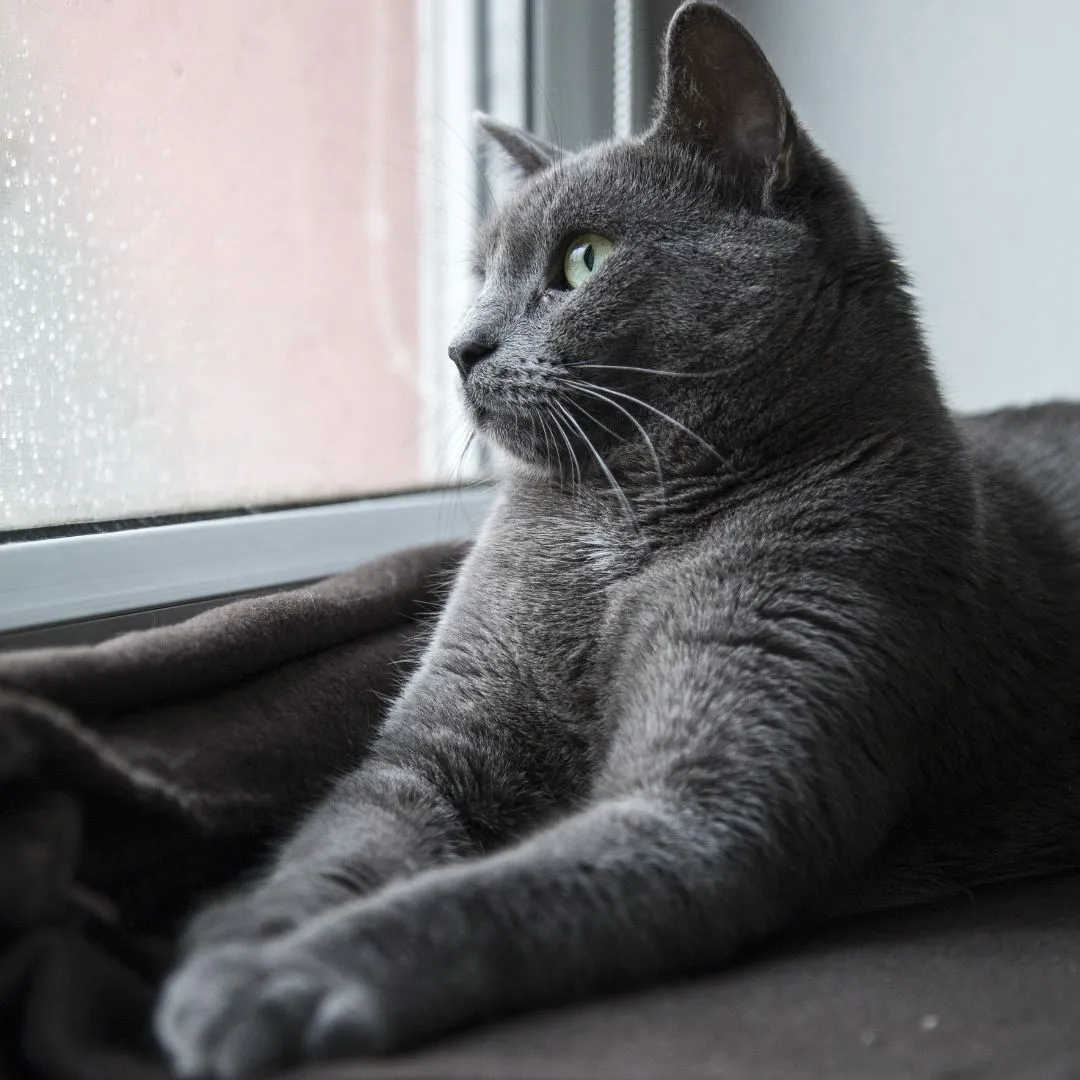Bringing a Russian Blue cat into your home can be a rewarding experience, especially if you’re seeking a elegant, intelligent companion. Known for their striking silver-blue coats and vibrant green eyes, these felines are often called the “Czar of cats” due to their regal heritage. If you’re considering this breed, understanding their unique traits, needs, and lifestyle fit is crucial. This guide covers everything from their mysterious origins to daily care tips, helping you decide if a Russian Blue is the perfect cutest cat breed in the world for your family.
Russian Blues thrive in calm environments and form strong bonds with their owners, making them ideal for apartment living or households with predictable routines. However, they demand mental and physical engagement to stay happy and healthy. Let’s dive into the details.
Origins of the Russian Blue Cat
The Russian Blue cat’s history is shrouded in mystery, but experts believe it originated in the cold climates of northern Russia. Folklore suggests these cats were favored by the Russian Czars, serving as prized hunters on ships sailing to England and Scandinavia. Their thick, dense coats likely helped them survive harsh winters, protecting them from the elements.
The breed gained prominence in the 19th century, making its debut at London’s Crystal Palace cat show in 1875. There, it was exhibited as the “Archangel Cat,” named after the Russian port city of Arkhangelsk. By the early 20th century, selective breeding refined their signature look: a solid silver-gray coat without markings, double-layered for plushness and water resistance. Today, Russian Blues are recognized by major cat registries like The International Cat Association (TICA) and the Cat Fanciers’ Association (CFA), though they remain relatively rare compared to more common breeds.
 Russian Blue cat showcasing its distinctive traits and dense coat
Russian Blue cat showcasing its distinctive traits and dense coat
Key Physical Traits and Appearance
Russian Blues are medium-sized cats with a graceful, muscular build suited for agility rather than bulk. Here’s a breakdown of their standard characteristics:
- Size: 9-11 inches tall at the shoulder, 15-18 inches long from nose to tail base.
- Weight: Males typically 10-12 lbs; females 7-10 lbs.
- Coat: Short, thick double coat in a shimmering blue-gray hue—ears, whiskers, and tail all match without stripes or patterns.
- Eyes: Emerald green, almond-shaped, giving them an alert, intelligent expression.
- Lifespan: 10-15 years with proper care, often reaching the upper end due to their hardy genetics.
Their coat requires minimal grooming—just weekly brushing to reduce shedding and distribute natural oils. Unlike some types of orange cats, Russian Blues are low-shedders, making them hypoallergenic-friendly for allergy sufferers (though no cat is truly hypoallergenic).
Personality and Daily Care Needs
Russian Blues are highly intelligent, affectionate yet reserved cats who bond deeply with one or two humans. They’re not overly vocal but communicate through soft chirps and trills. Expect a playful hunter at heart: these cats retain wild instincts from their ancestors, excelling at pouncing on toys mimicking prey.
Daily care is essential for their well-being:
- Stimulation: Provide 20-30 minutes of interactive play daily using feather wands or laser pointers. Puzzle feeders and climbing trees keep their minds sharp.
- Diet: High-quality, protein-rich food on a consistent schedule—automatic feeders help maintain routine. Avoid free-feeding to prevent obesity.
- Environment: They prefer quiet homes without young children or boisterous dogs. Vertical spaces like cat trees satisfy their love of heights.
Neglect their needs, and they may become withdrawn or develop stress-related issues like overgrooming.
 Russian Blue cat engaged in active playtime with toys
Russian Blue cat engaged in active playtime with toys
Pros of Owning a Russian Blue
- Loyal and loving once trust is earned.
- Clean, self-grooming habits.
- Quiet demeanor—ideal for apartments.
- Excellent mousers with strong hunting skills.
- Long lifespan and robust health.
Cons of Owning a Russian Blue
- High energy requires daily commitment—not for busy or absent owners.
- Shy with strangers; slow to warm up.
- Can be picky eaters, leading to feeding challenges.
- Rare breed, so kittens from reputable breeders are pricey ($800-$2,000 USD).
Is a Russian Blue Cat Right for You?
Ultimately, a Russian Blue suits active owners who can commit to routine play, stable feeding, and a serene home. If your lifestyle involves frequent travel or chaos, explore calmer options like the curly cat breed or British Shorthair. Every cat has a unique personality, but breed traits provide reliable indicators.
Prioritize adoption from shelters—many purebreds like Russian Blues end up there through no fault of their own. The ASPCA emphasizes adopting over buying, as it saves lives and often comes with health checks. If purchasing, choose CFA-registered breeders who health-test for hypertrophic cardiomyopathy (HCM), a potential genetic concern.
To set your new cat up for success, invest in enrichment tools and consider pet sitters for daytime visits. Combine this with your daily bonding time for a thriving relationship. Ready to welcome a Russian Blue? Consult a vet for personalized advice and start your journey with one of these majestic felines today!
